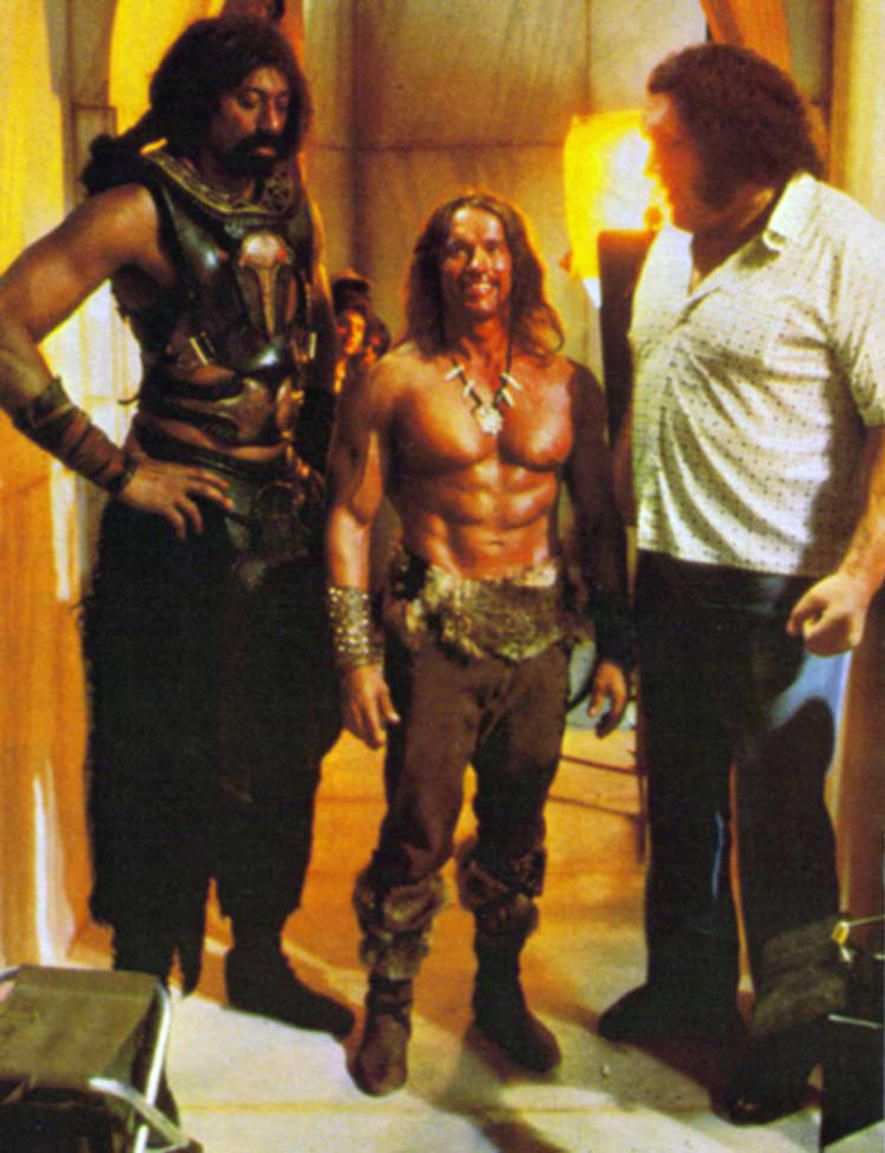It’s a well-known fact that the legendary Andre the Giant suffered from acromegaly, which explained the tremendous size that made him one of pro wrestling’s most recognizable figures ever. That was one of the many areas covered in Tuesday’s Andre the Giant documentary on HBO, but one surprising revelation fans might not have been aware of is the apparent fact that the disease was treatable, but Andre declined to receive medical help.
In a Reddit Ask Me Anything, director Jason Hehir fielded questions from fans curious about the Andre documentary, and wanting to know more about the Eighth Wonder of the World. In response to a fan who asked Hehir about the most surprising fact he learned when directing the documentary, he commented that Andre "was told his disease was treatable and he elected not to receive medical help bc he was afraid it'd interfere with his wrestling career."
RELATED: TOP EPIC REAL LIFE ANDRE THE GIANT STORIES
At the age of 17, Andre began his professional wrestling career, working menial jobs to pay the bills as he trained at night. Even at a young age, Andre’s size ensured that he had promise as a pro wrestler, but as Hehir explained, such promise came at a price — his decision not to get medical treatment for his acromegaly, even if it was available, as he felt that treatment would compromise his potential as a wrestler.
Although he was billed as standing 7-feet-4 and weighing more than 500 pounds, accounts tend to differ when it comes to Andre the Giant’s actual height. Many insist that he stands closer to an even 7-feet-tall, and photos of him standing next to NBA legend Wilt Chamberlain, who stood 7-feet-2, suggest that Andre may have been at least a couple inches shorter than the Big Dipper.
RELATED: HOGAN, MYSTERIO AMONG WWE LEGENDS AT ANDRE DOC PREMIERE
At any rate, Andre the Giant stood head and shoulders above practically everybody in the wrestling business. While he was never the best technical worker in the world, he knew how to work around his limitations, and knew how to work with most opponents, making his matches more watchable than the average wrestling match featuring men of similar height or weight. But given that Big Show had surgery for his acromegaly when he was in his early 20s, and obviously ended up having a long and successful wrestling career, while remaining healthy for the most part, we’ll never know if surgery could have allowed Andre to wrestle for longer, and live longer than he ultimately did.


